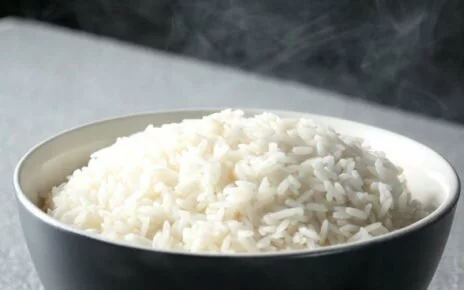We all have every day routines. Some of them have more or less ecological effect than others. But monthly, these effects can be very high – in this perspective, especially for the females. Unfortunately, public conversation about monthly periods seems to be still a taboo and that works as good as for the firms which are getting a profit out of it. It is not a daily subject and most of the females will keep their traditional and used practice to be invisible from the society. But nowadays, we will talk about women sanitary products: shields, tampons and the whole deal about them. Fact is- it is a major problem. It is financially costly, can have serious wellness results and is a lot of spend.
Looking returning to the record, non recycleable shields became known in 1890s. Especially doctors began to encourage females to use a security during their monthly periods. Before that, females were already using different fabrics shields. Earlier, they simply used components which were available – Egypt females for example, used the papyrus. After the invention of non recycleable shields, females did not use them, because it was very costly. But with time and developments non recycleable shields became the most commonly used women sanitary item.
The first non recycleable shields were created from pure cotton made of wool. This material was not as absorbing and effective as compared to components used nowadays and that is why non recycleable shields changed a lot over time. Organizations began to use components with sphagnum and polyacrylate superabsorbent ointments produced from oil. The components used to produce most shields nowadays, are produced from the oil industry and forestry. Typically, shields are created out of a combination of plastic material, pure cotton, artificial fibers and wood pulp. So many substances for a better effect.
Many females heard the alarm. These components, used in non recycleable shields not only stay in the environment, but also remain in our bodies for decades. With the mix of these substances we got the formula for adverse responses like allergies, hormone interruption, reproduction disorders and others.
In 1980′s the fabric shields came back returning. For several decades, using fabric shields was considered conventional and unclean. But some females saw the real cost-effective price, results and ecological problems with the non recycleable shields. Quite the same happened with the tampons, which became even better sort of security for females, but didn’t not change the ecological effect and medical concerns. The handling to produce these tampons is source intense as the agriculture of pure cotton requires considerable amounts water, bug sprays and plant foods. We have to understand that each of these tampons and shields has a green effect of the spend not only the item itself, but the product packaging, , as well as the less visible price of transport and manufacturing.
In Native Indian, there are around 355 thousand menstruation females but only 12 per cent use sanitary serviettes. More than 70% of females said that they are unable to afford them. But that is still a large problem. In an article released in 2013, Down to Earth measured that 36 thousand Native Indian females use sanitary serviettes every 30 days. Supposing average usage of 12 serviettes per 30 days, this accumulates to 432 thousand solid shields, with a weight of 9000 super shades, enough to cover a dump of 24 hectares.
Any non recycleable items in the marketplace have only one goal. Organizations want to sell and earn. Definitely non recycleable sanitary shields and tampons have a large industry all around the world. I haven’t seen television promotions for recycleable fabric shields. I agree that non recycleable shields and tampons are extremely simple to use and available everywhere. But nobody speaks or promotes about some other options! There is at least one – Menstruation Cup!
The menstrual cup was developed in 1937 but never truly came into the industry. This is an choice without spend and without any wellness results. A lot of females think it is actually much the best choice available nowadays. You place it like a pad, vacant out as needed and clean with warm water. It is recycleable, contains no dioxin, no cotton and is simple to maintain. It is created from natural latex or rubber. It is not only the most eco – friendly but also the most affordable and healthy of all choices in the marketplace.
For those who prefer external –use items, there are eco-friendly choices too. Reusable fabric shields are one of these choices. Unfortunately they require some energy, water and broth but they do save on overall source use, avoid plastic material manufacturing and create little spend.
I know that changing routines like these is particularly difficult. Marketing research has shown that often females will buy the same item of shields as their moms. But to those of us who know that there are more critical factors to our consumer choices than item commitment, it is worth it to give the alternatives a try!
Reference : smartindianwomen.com

I just wanted to say thanks so much for this article. I read your article every night before bed and it will surely be missed when you stop posting.
Wow, fantastic blog layout! How long have you been blogging for? you make blogging look easy. The overall look of your website is great, as well as the content!
I think this is one of the most significant information for me. And i’m glad reading your article. But want to remark on few general things, The website style is perfect, the articles is really excellent : D. Good job, cheers
I enjoy, lead to I found just what I was taking a look for. You’ve ended my 4 day lengthy hunt! God Bless you man. Have a great day. Bye